I’ve seen two American adaptations of Shakespeare so far, and now I’ve seen one from Denmark. August Blom directed this film, which, like the two I watched previously, is not a faithful adaptation of the original play. Unlike the other two, which took only the most basic premise and ran with it in new directions, Desdemona approaches its source, in this case Othello, as the framework in which to tell a parallel story. Valdemar Psilander, who was the top Danish screen actor of his day, plays Einar, an actor starring on stage as Othello, and whose wife, Maria, played by Thyra Reimann, is cast as Desdemona. As they prepare for the play, their real life begins to mirror that of their characters. Maria is seeing another man, and the actor who plays Iago, who Maria rejects early in the film, informs Einar of his wife’s indiscretion. The film builds towards a tragic climax that anyone who know the story of Othello will see coming, but it is still a powerful moment.
Of the three Shakespeare-inspired films I’ve watched, this one is by far the best made, though Florence Lawrence acting like a shrew is still the standout acting performance of the trio.
The film, under its original Danish title of For Aabent Tæppe, premiered in Finland on April 8th, 1912— important information you can surely use to impress your friends— before making its way into Danish theaters on May 12th of the same year. It hasn’t survived terribly well, and the print I saw, as an extra on the same Othello DVD I’ve mentioned twice before, is of very poor quality. That’s been an issue with a number of the films I’ve watched to this point, which is understandable due to their age, and it underscores something I said in my very first, introductory, podcast. Watching films at home is not ideal. Films were made to be seen on a giant screen, and this is more true for silent films than for more recent releases.
When these films were being made, they were made with the assumption that they would only ever be seen in theaters. Television didn’t exist yet. The first practical TV sets weren’t available to the public until 1939, and didn’t become common in American households until the late 1940s. Films were created to be seen on a massive screen, and directors took full advantage of that fact. Objects and actions were placed all over the screen, and what is large and obvious to an audience in a cinema becomes tiny and almost unnoticeable when viewed on even the largest of television sets. In silent films specifically, the lack of spoken words meant nearly all of the plot and story had to be conveyed to the audience via facial expressions and body language. Only as a last resort were title cards used. Those looks and gestures are minimized or lost when you don’t see these films on a 60-foot-wide screen in a cinema.
I’m sure I’ll expound upon this later, but I have to say, now that I’m 23 films into this project, that I really wish I could watch all of these in their original splendor, untarnished by age, and on a theater’s colossal screen. As they say in Denmark, “c'est la vie.”
Next I’m watching: A Beast at Bay [1912], directed by D.W. Griffith.




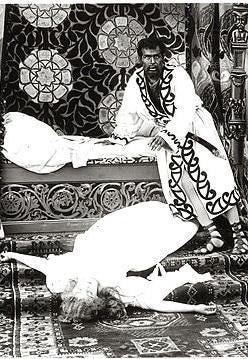

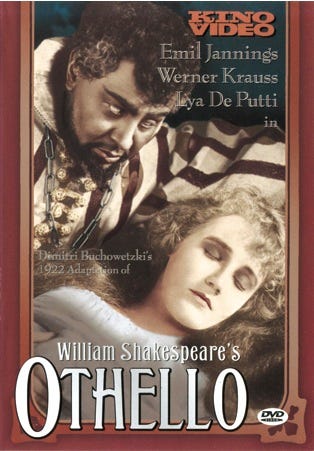

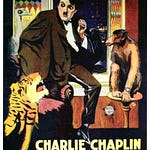
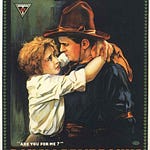
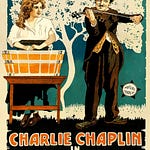

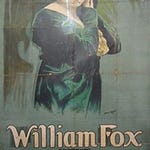
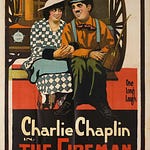

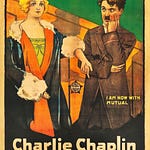
Share this post